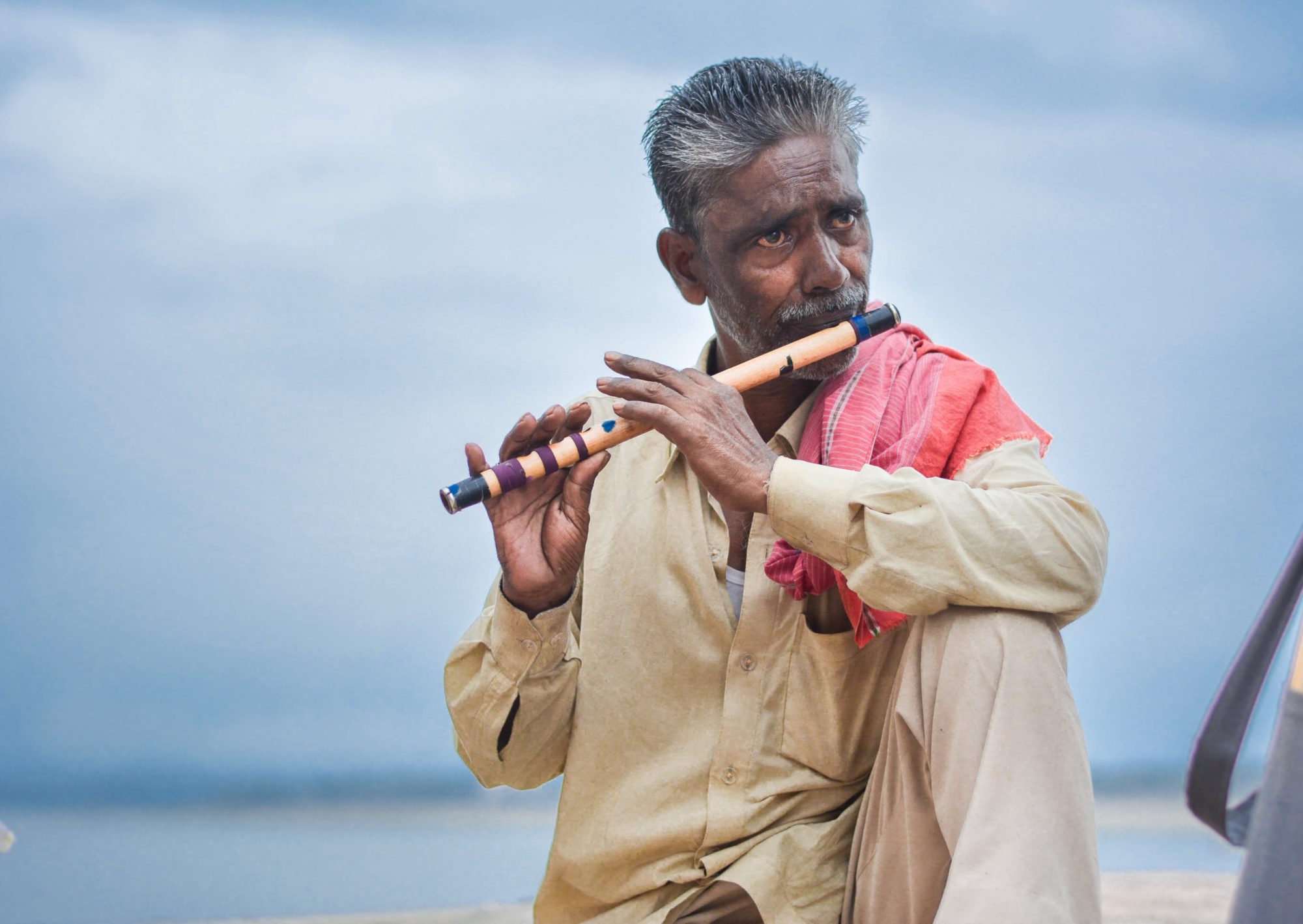One of the challenges of being an adult is wanting to do more things than you have time for. Maybe this is a challenge of being human?
Usually the urgent prevails over the important. I’ve tried to overcome this prioritization problem in many ways: doing things on the weekend, putting it in my to-do app, telling people about it for accountability, signing up with a tutor (hi Spanish).
Nothing has stuck. When there’s too much to do, it’s easy to ignore, delete, or cancel.
At the end of last year, the team at Ultraworking launched a new year resolutions challenge. They built a website specifically for this challenge called Last Resolution Standing, and the last day to sign up was Jan 1.
Everyone picked a resolution that could be done either:
- first thing in the morning, or
- 5 minutes a day
As a not-a-morning-person-at-all person, I chose 5 minutes a day. And I decided I wanted to revisit Economics. It was my undergrad major, but I felt I remembered nothing. So I got a PDF textbook and spent 5 minutes a day on it.
Fortunately, I did remember a lot of it—and today it seems like so much more fun than when I was actually studying it. And I’m now 5 chapters in, which is more progress than I thought I’d make with such a small time commitment.
Sadly, the Last Resolution Standing streak ended for me on the 19th (my first day at Sundance), and I’m not allowed to use the app anymore. I’m ranked 31st of 159 participants. Most people stopped quite early (Jan 13th is known as “Quitters Day” – the day by which most resolutions are done and dusted). But there are still 14 people in the running, which is really cool.
While I couldn’t use the challenge as a motivation, I could just re-start the habit. So I downloaded the Streaks app, and I’ve been continuing my 5 minutes a day of Econ reading.
Compared to everything else I’ve done, this feels really easy. I set a timer for 5 minutes either on my phone or on this cute timer I bought through their Kickstarter (what’s the point of a new habit if you can’t buy a little tchotchke?) and open up the textbook. There are times I get into it and have more time on my hands, so I just keep going. The lack of pain with this method is seriously amazing.
And the key is that I’m not obsessing about the streak. If I break it, great, I just continue the next day. I’ve found when I overdo things, the pendulum swings hard in the other direction.
I’m going to experiment. I’m sure this, too, will fall on the floor at some point. But my goal is to pick it back up quickly and continue. The goal is to keep it light and also easy to do (i.e. accessible any time you have the 5 minutes). That seems like the key.
Want to join me? Let me know what ritual you’re starting. And I’ll let you know how long I keep mine going.









